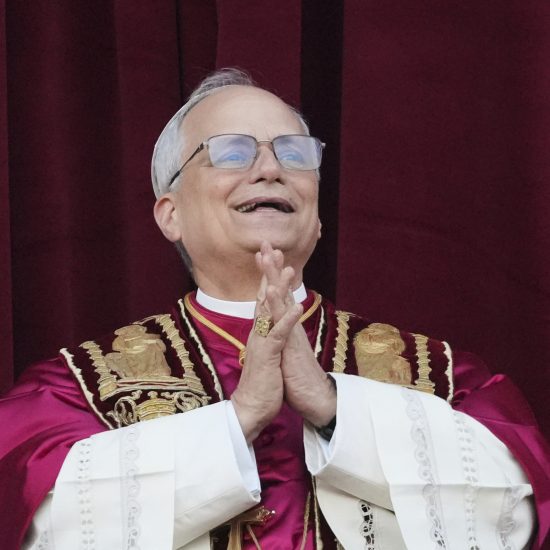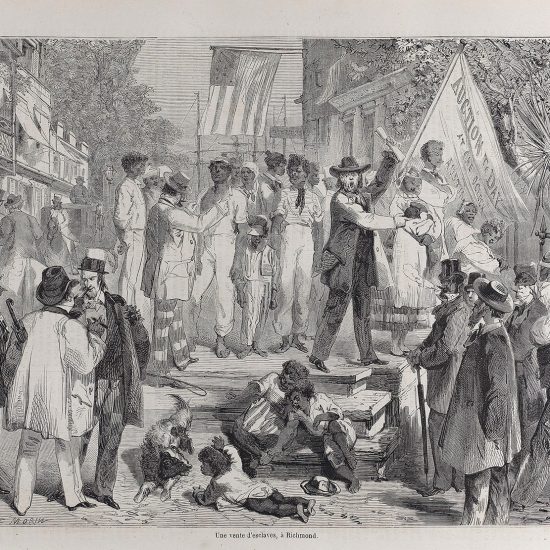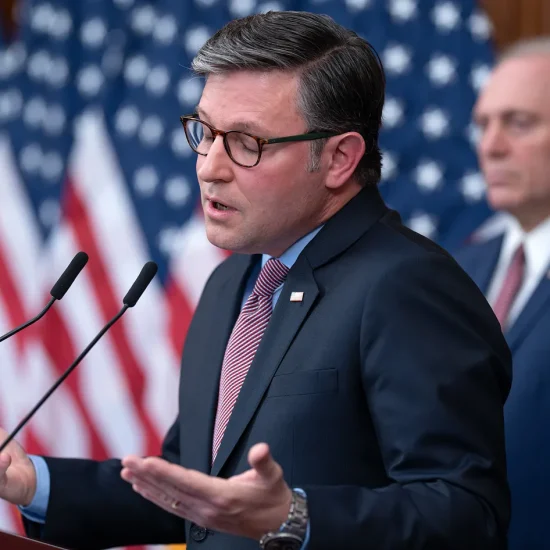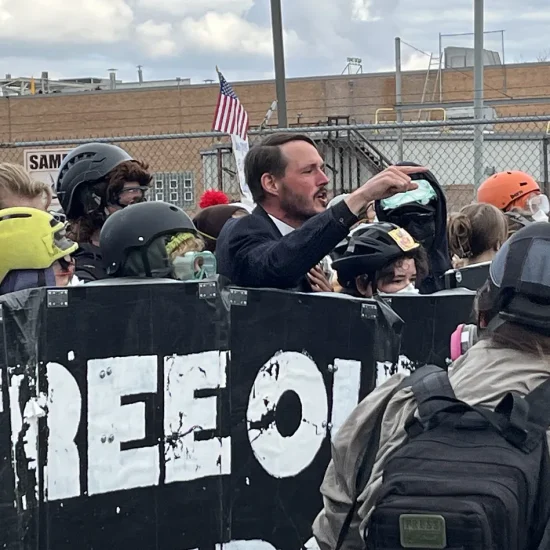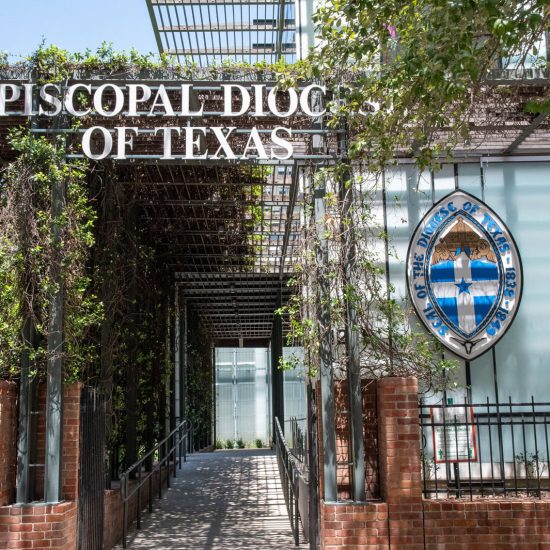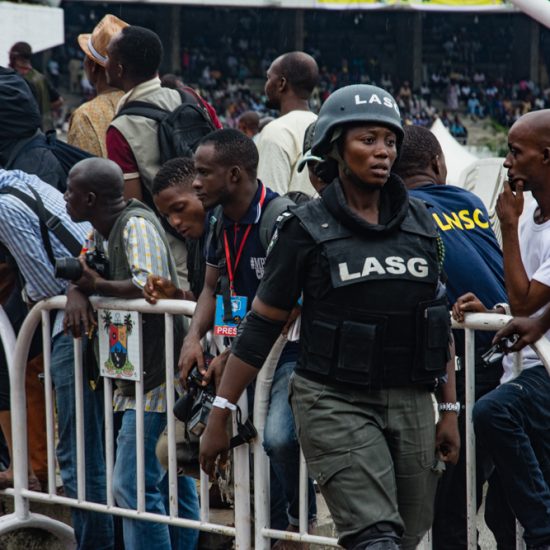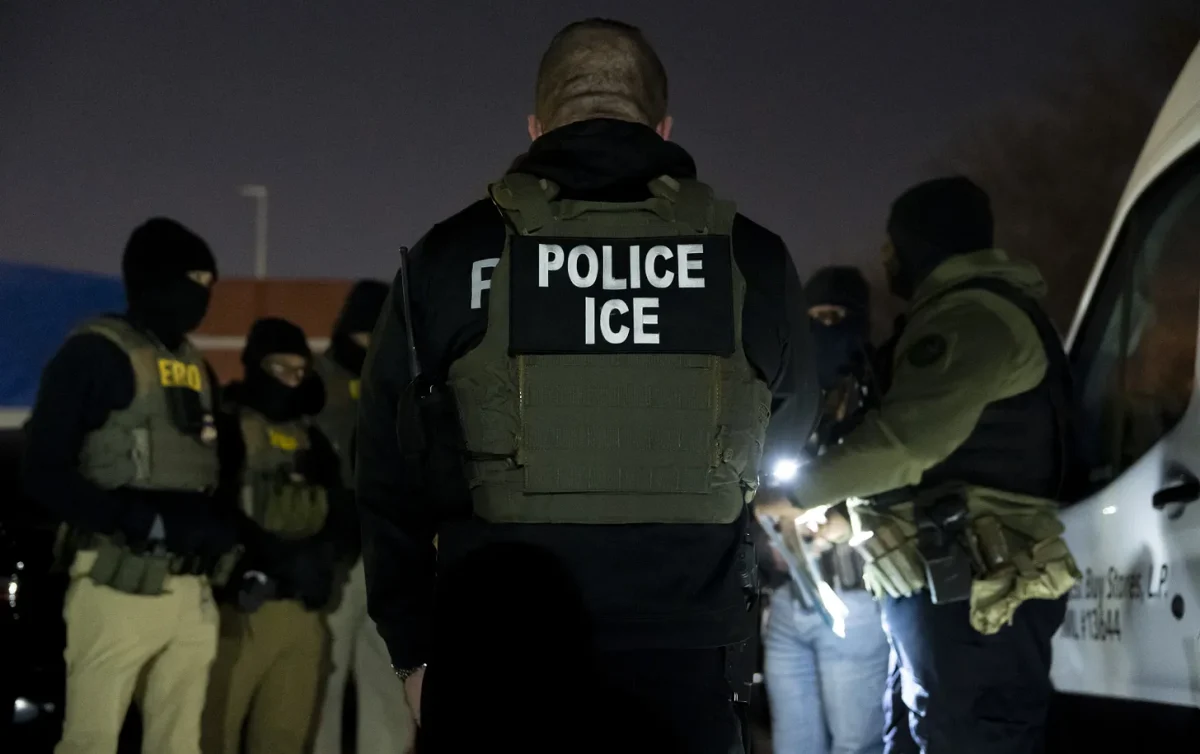
NOTE: This piece was originally published at our Substack newsletter A Public Witness.
On Sunday (Jan. 26), Wilson Velásquez sat in church alongside his wife and three children. As he listened to the sermon at Iglesia Fuente de Vida in Tucker, Georgia, a call from an unknown number popped on his phone. He swiped it away. Then his ankle bracelet started buzzing and another call appeared on his phone. So he slipped out of the sanctuary. Moments later, Immigration and Customs Enforcement agents handcuffed him in the parking lot and drove off with him without a chance to say goodbye to his wife and their children, ages 7, 9, and 13.
Velásquez had received the ankle bracelet in 2022 when the family of five turned themselves in to U.S. agents and requested asylum after traveling more than 2,000 miles to flee street gangs in Honduras. As the family waited for a court date for their asylum claim, they moved in with relatives, got involved in a local Spanish-language Pentecostal church, and Velásquez received government permission to work at a tire shop. He stayed out of trouble and the family attended all of their ICE check-ins. A year later, the family joined a group to help launch a new church plant whose name translates to Fountain of Life Church. And that’s where he was worshipping when he got arrested.
Inside, the pastor, Rev. Luis Ortiz, tried to comfort Velásquez’s wife Kenia and others in the congregation scared by ICE agents arriving on church property. The church’s security system had prevented ICE agents from entering the building, but they told an usher they were looking for Velásquez. Since he wore an ankle bracelet, they traced him to the church — but that also means they could’ve grabbed him at any other time or place. Ortiz called it “inexplicable” that ICE agents showed up during church services to detain someone who had “everything in order.”
The arrest at the little church in Georgia came five days after the Trump administration threw out a policy preventing ICE or Customs and Border Protection agents from moving into “protected” or “sensitive” locations like houses of worship and schools. Although not a law, the policies for the agencies had been in place since 2011 for ICE agents and since 2013 for border agents. Notably, that means the policies were in place for all of Trump’s first term. Under those guidelines, the agents could move into most locations to apprehend someone, they were expected to avoid interactions at the protected locations (unless first receiving permission from those in charge of the facilities).
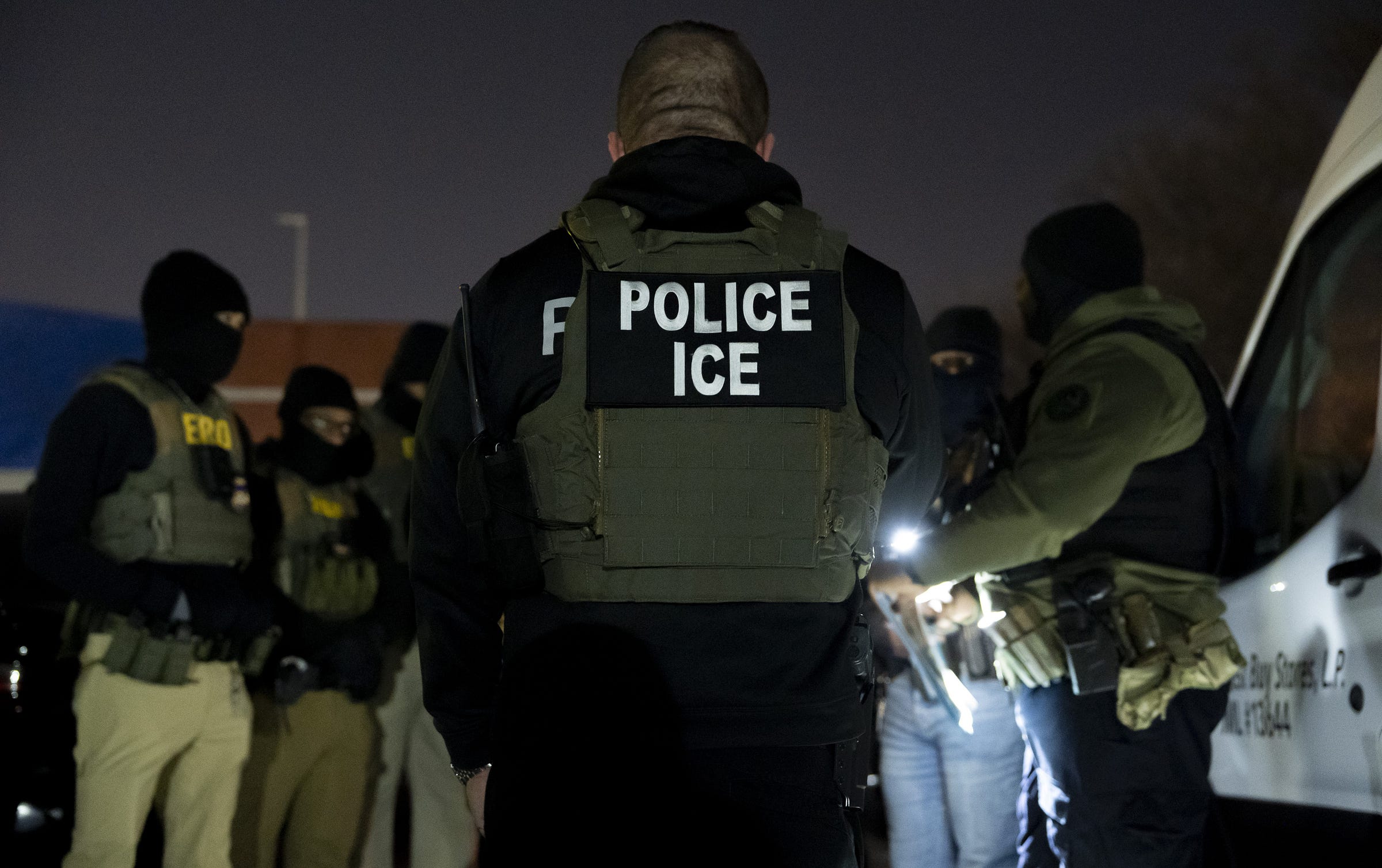
U.S. Immigration and Customs Enforcement officers gather for a briefing before an enforcement operation on Jan. 27, 2025, in Silver Spring, Maryland. (Alex Brandon/Associated Press)
The recent removal of the policies by the Trump administration drew quick rebukes from various religious leaders and leaders of public school systems. And that was even before ICE agents went down to Georgia to knock on the doors of a Hispanic Pentecostal church. Churches across the country — especially with immigrant members — are trying to make sense of what the changes could mean. So this issue of A Public Witness seeks sanctuary to understand the history of how ICE interacts with houses of worship and the pushback against Trump’s changes from various Christian groups.
Respecting Sanctuary
Religious communities providing sanctuary is a practice that developed out of ancient traditions that sought to protect vulnerable people against abuses of state authority. Citing obligations to a power higher than human governments, medieval churches extended shelter to those perceived as being treated too harshly by earthly rulers for their violations of secular law. The provision of safety allowed the wrongdoer time to make amends to those harmed and to find reconciliation with the community.
A modern sanctuary movement formed in the United States in the 1980s around the plight of refugees, especially those fleeing violence in El Salvador and Guatemala. After more than a dozen Salvadorans died crossing the Arizona desert and immigration officials planned to deport the survivors back into the hands of an oppressive government, churches began organizing to shelter the persecuted migrants. Thousands of churches joined the effort over the ensuing decade as the official policy of the government failed to address the moral crisis.
This form of social witness found new expression in the U.S. with the rise of anti-immigrant sentiment and legislation since the mid-2000s. The first election of Trump and the immigration agenda pursued by his administration brought renewed urgency and attention to such sanctuary efforts. Organizing under the banner of the “New Sanctuary Movement,” hundreds of churches again sought to shelter vulnerable immigrants and advocate for policy change. Many of the churches offering to take in undocumented immigrants facing deportation were mainline Protestant congregations mounting a religious witness against state policy.
“People are feeling more vulnerable than before,” United Methodist pastor Robin Hynicka told The Guardian in 2016 about the deteriorating environment then and the response of Christians to it. “[But] people of faith and conscience are walking alongside the immigrant community. Sanctuary provides a moral alternative to what we think is an immoral policy.”
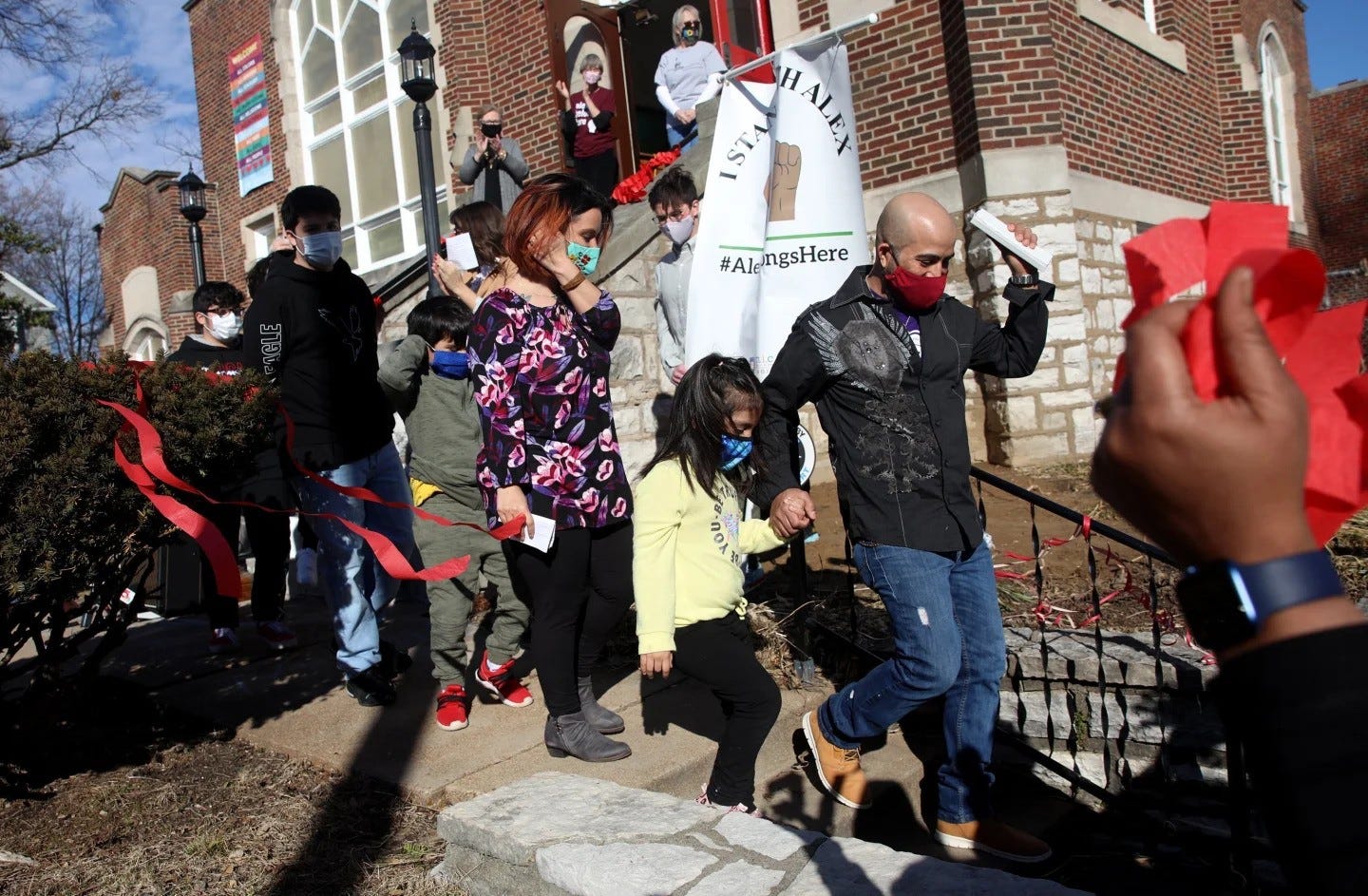
Holding the hand of his youngest child, Alex Garcia walks to the car with his wife Carly and four kids trailing after announcing at a news conference on Feb. 24, 2021, he would be leaving Christ Church United Church of Christ in Maplewood, Missouri. (Laurie Skrivan/St. Louis Post-Dispatch via AP)
Despite their historical and contemporary use as a refuge for those sought after by law enforcement, church sanctuaries do not enjoy a privileged legal status in the United States. It’s only been the designation by ICE as a “protected area” that established their relative safety from law enforcement actions.
Indeed, despite the prohibitions on entering churches then in force, ICE agents arrested an asylum-seeker in the fall of 2020 on the grounds of a United Methodist Church in Maryland where he and his wife lived and worked in support of the church’s ministry. The violation of ICE’s stated policy drew outrage and rebuke from religious leaders.
“As a bishop and adjudicatory leader I find this breach of established practice unconscionable,” LaTrelle Easterling, the head of the United Methodist Church’s Baltimore-Washington Conference and a former prosecutor, said in response to that incident. “The sanctity of our sacred spaces should never be violated, and this calls into question [the Trump] administration’s respect for communities of faith and for God’s people.”
What has kept authorities from breaking down church doors is not policy alone, but a social norm that respects the integrity of religious spaces — and fear of the negative publicity that would arise from its violation. And President Biden had reiterated the government’s support for not sending ICE agents into houses of worship. The Trump Administration’s change to ICE’s policy demonstrates an erosion of these norms within our politics and broader society. It’s not just that sanctuaries are now less safe; they are also seen as less sacred.
Get cutting-edge reporting and analysis like this in your inbox every week by subscribing today!
Faithful Pushback
Religious communities are proving to be some of the chief critics of the Trump Administration’s restrictive and harsh immigration strategies. After ICE announced the change in status for churches as protected locations, a group of Quaker churches in New England filed a lawsuit citing religious liberty violations to reverse the action.
“Quaker meetings for worship seek to be a sanctuary and a refuge for all, and this new and invasive practice tangibly erodes that possibility by creating unnecessary anxiety, confusion, and chilling of our members’ and neighbors’ willingness to share with us in the worship which sustains our lives,” Noah Merrill, secretary of the New England Yearly Meeting of Friends, told NBC News. “This undermines our communities and, we believe, violates our religious freedom.”
Catholic leaders and organizations have also spoken out against Trump’s immigration crackdown, attempt to end birthright citizenship, halting of refugee resettlement, and other migration-related policies. Speaking specifically about the alteration of ICE policy to allow for enforcement action in churches, Bishop Mark Seitz, who serves as the migration committee chairman for the U.S. Conference of Catholic Bishops, denounced the change for the way it “strikes fear into the heart of our community, cynically layering a blanket of anxiety on families when they are worshipping God, seeking healthcare, and dropping off and picking up children at school.”
The pushback by the U.S. Catholic Bishops drew the ire of Vice President J.D. Vance, who converted to Catholicism in 2019. Asked about the change in allowing ICE to raid churches, he accused the leaders of his own tradition of “being worried about their bottom line” because of threatened cuts to refugee resettlement programs that the Church operates. Vance’s comments confused two different issues that are both undergoing seismic shifts due to the actions of the new administration.
John Carr, who spent more than 20 years leading the U.S. bishops’ Department of Justice, Peace, and Human Development, told the Washington Post that Vance’s critiques “showed an unprecedented lack of respect for the work of the Catholic community, lack of restraining in promoting false and outrageous claims that the Church does this for the money and promotes human trafficking, and a lack of knowledge of Catholic teaching and ministry with refugees.” It showed a lack of understanding of the difference between policies involving immigrants and refugees.
Other Christian groups have joined the Quakers and Catholics in condemning the new ICE policy about arrests at churches. The National Association of Evangelicals called Trump’s move “troubling,” adding that “the announcement of this policy has caused fear, deterring some from attending church.” Bishop Vashti Murphy McKenzie, president and general secretary of the National Council of Churches, similarly criticized the move: “Instead of threats and intimidation, this administration has an opportunity to embrace what President Abraham Lincoln called the ‘better angels of our nature’ by rejecting this kind of unnecessary breach of safe and sacred space.” Pastors have criticized the policy shift in local media, and some pastors have even pledged to stand in the way if ICE agents try to enter a church building. Some United Methodist leaders encouraged congregations to post signs explicitly prohibiting ICE and Homeland Security from entering.
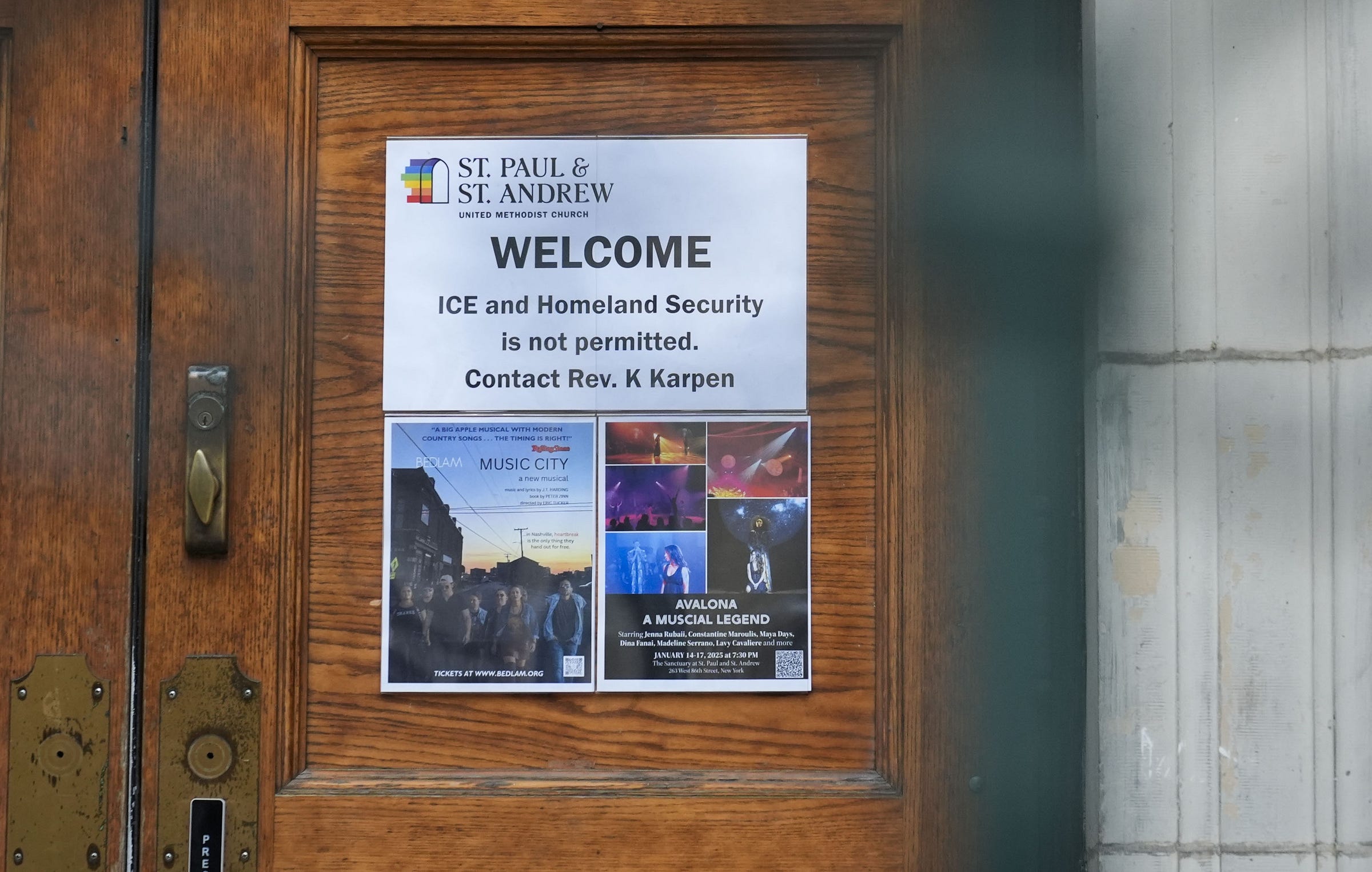
A sign that prohibits the entrance of ICE or Homeland Security is posted on a door at St. Paul and St. Andrew United Methodist Church in New York City on Jan. 21, 2025. (Seth Wenig/Associated Press)
The Trump Administration’s actions and words are revealing. Rather than listen to the wisdom and concerns of religious voices, they are instead choosing to attack and intimidate them. With hubris, political leaders are threatening to invade churches and daring to define the meaning of the Church’s witness in ways that bolster their actions. The consequences of refusing to go along with the program and acquiesce to power may only grow worse.
The U.S. legal code already criminalizes anyone “knowing or in reckless disregard of the fact that an alien has come to, entered, or remains in the United States in violation of law, conceals, harbors, or shields from detection, or attempts to conceal, harbor, or shield from detection, such alien in any place, including any building or any means of transportation.” What’s going to happen when more and more undocumented immigrants seek refuge in houses of worship? With ICE already conducting enforcement actions outside or in close proximity to church buildings, will they cross the threshold and violate the sanctity of our sacred spaces? Will clergy and other good Samaritans be arrested for shielding people threatened by the powerful?
These early weeks of the second Trump Administration have already demonstrated that the old guardrails no longer exist, which makes ICE’s revised policy quite foreboding. Let’s hope they stop and listen when religious communities refuse to collaborate.
As a public witness,
Brian Kaylor & Beau Underwood

